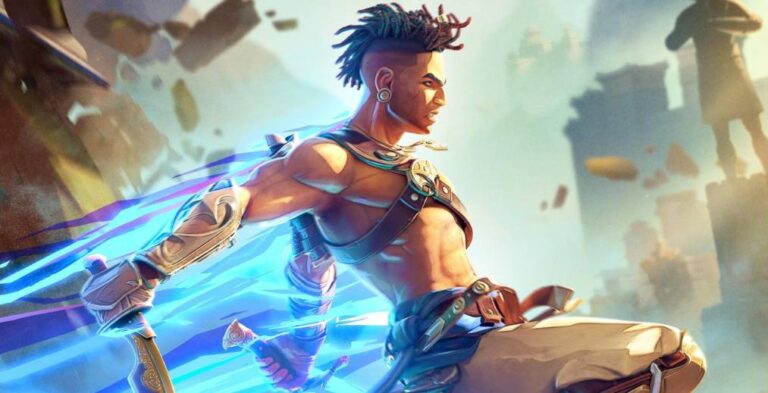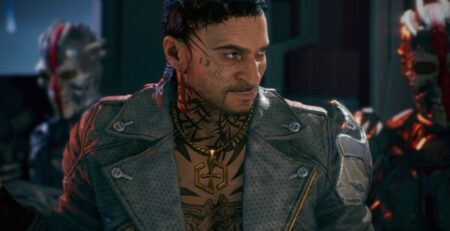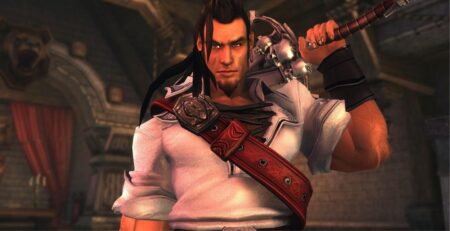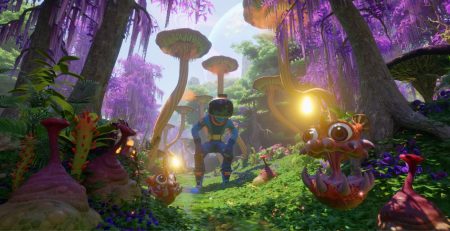Prince of Persia is a gaming staple, and it’s found a new vibrant Metroidvania life with Prince of Persia: The Lost Crown. Developed by Rayman Legends studio Ubisoft Montpellier, this new take on the franchise is an action-platformer that thrives in its reimaging of Persian mythology and dynamic platforming. To be clear, this is not a remake or reboot of the original franchise, but rather creating a new story to ground it.
In this new adventure, you play as Sargon. He’s a young, gifted warrior, and of The Immortals, an elite group of fighters. When Prince Ghassan is abducted, The Immortals must enter Mount Qaf, find him, and bring him home. But Sargon and his team soon discover that time itself will be a treacherous foe and that the world’s balance must be restored.
Prince of Persia: The Lost Crown presents a world of Iranian (Persian) and Zoroastrian mythology and histories. This comes in the form of turning historical figures into mythic gods or just adapting creatures from lore. It feels like a loving and careful exploration of a culture rarely depicted for its mythology. And it works. The character designs are thoughtful, as are the varied environments of Mount Qaf.
Outside of the fantasy of it all, the story is run off the mill. However, Sargon is a protagonist with meaning. His world is turned upside down and inside out, and he has no idea how to cope. Without broaching into the final areas of the game or other story spoilers, Sargon’s journey is one about self-realization as much as it’s about finding Prince Ghassan. That’s the key.
However, for all of its investment in character design and representing mythology, there is one large glaring issue: AI. Throughout the game, you use magical trees to set a checkpoint for respwan, healing, filling your potions back up, and changing out special amulets. Some of these trees are characters in and of themselves, allowing you to talk with them.
They have humor and provide commentary for the zones that they’re situated in. For some, talking with them is a requirement, and their dialogue isn’t something that can be skipped but something that marks receiving their help in the zone. When you reach The Depths, the deep dark space below Mount Qaf, you also meet Kalux. Kalux accompanies you as a light in the zone and adds another element to platforming. But they are not voiced by a human.
When reached out for comment, Ubisoft shared this:
“During the development process of a game, some teams use multiple placeholder assets, including text to speech voiceover, until final dubbing is delivered. The English version of these 8 lines of text for this character were not properly implemented but will be swapped out and updated with an upcoming patch. Prince of Persia: The Lost Crown is fully voice-overed in English, French, Spanish, German and Farsi with more than 12,000 lines in total. It is also subtitled in Italian, Portuguese-Brazilian, Chinese, Korean, Russian, Arabic, Polish and Japanese.”
The aforementioned patch will be coming at the end of January or early February. Whether or not the inclusion of speech-to-text voice lines even as a mistake, sets a precedent for AAA publishing AI voice even if it’s just text-to-speech. Regardless of how fantastic it plays, the situation ultimately leaves a stain on the game given what is currently happening in the wider gaming industry.
In a current landscape where people are being laid off in record numbers and actors have been fighting for protections, it’s beyond disappointing to have the first AAA launch of the year feature AI voice work in the form of text-to-speech. As Ubisoft notes, Kalux does have a voice actor in the games’ other languages, all of which receive credits, with the English VO actor left omitted from the end credits. Ubisoft is fixing the seemingly unintentional issue, but the can of worms has been opened, and they’re not going back in. Especially given how much time you spend with Kalux while in the Depths.
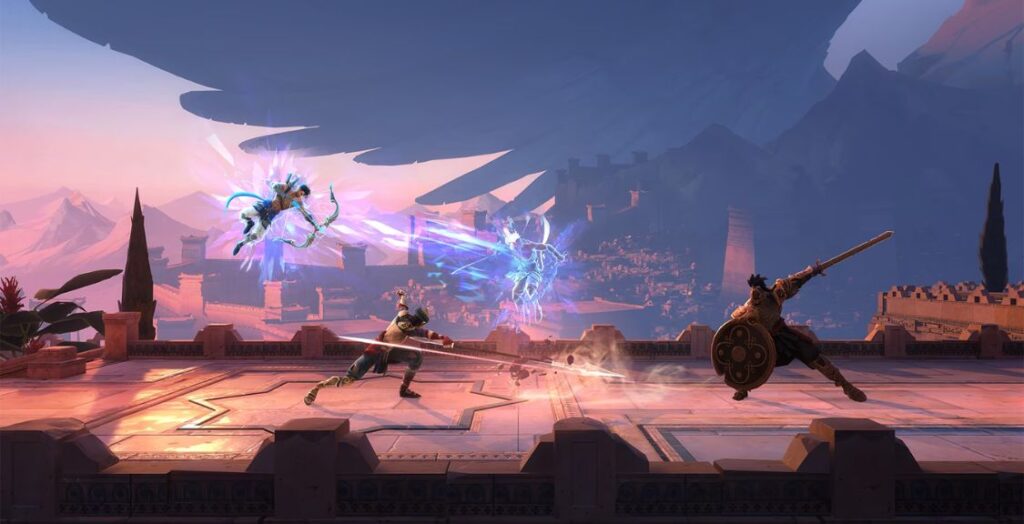
In addition to thoughtful character work, outside of Kalux of course, Mount Qaf is as much of a character as Sargon is. Mount Qaf is home to 13 unique zones, each of which has its own aesthetic and multiple enemies catered to the design. The mysterious place was once filled with wonder but is now cursed and hostile. As you work your way through Mount Qaf, you find skeletons, beasts, gods, and more. Mount Qaf is home to phenomenal creatures.
Some are beautiful, and others are terrifying, like the large body-horror creature with a coin for a face that blocks your path in The Depths. The diversity of enemy designs in the game highlight the importance of having a coherent vision. Each section of the world feels distinct but they never feel disconnected. Additionally, Each environment and enemy pushes Sargon a little more to incorporate new skills that you gain as you progress.
From the majestic Citadel of Knowledge to the colorful landscapes of the Hyrcanian Forest, players will discover a variety of environments. By acquiring new Time Powers, unlocking unique abilities, and combining them in combat, Sargon progressively delves deeper into Mount Qaf. There, you solve puzzles, find secrets, and complete a total of nine side quests. What makes Prince of Persia: The Lost Crown special is that its diverse zones are crafted to inspire you to return to them. Levels aren’t about clearing them and moving. You double back, triple back, and are given the chance to explore Mount Qaf in the fullest possible way.
Everything about Mount Qaf and the quests you complete inside it feel epic. While the game itself is a nice 20 to 25 hours if you focus on the main objective, if you let the completionist in you run wild, there is so much more to explore. There is more than one way to progress down a path and through a zone. In fact, your exploration is key to understanding just how large and intriguing Mount Qaf is.
Two modes are offered: Exploration and Guided (the same as what was offered with last year’s Avatar: Frontiers of Pandora). Each player can take on the immersion into Mount Qaf at their desired pace. Additionally, the inclusion of a platforming assist through the options menu prompts a time portal, which you can enter to move past a challenging platform. While extended parry windows and general combat difficulty settings have become the norm for Ubisoft games, Prince of Persia: The Lost Crown full gameplay customization makes it stand out.

Playing your own way and ultimately at your own pace is central to progressing through Prince of Persia: The Lost Crown. A side-scrolling action adventure, the game itself moves at your own pace. If you’re slow and methodical, you can take that reserved approach. However, if you’re someone looking to see how quickly you can platform through certain areas once you’ve learned a mechanic, then you can approach the game that way as well.
While there is a linear narrative, there are close to no locks on where you can travel. The only things really sealed off are Boss areas or quest-specific moments that require the story to progress. But if you perhaps find yourself distracted and just climbing ever upward, you may end up somewhere new. While skipping ahead through the zones works sometimes, other times, you’ll need to double back, using a Memory Shard to mark it on your map as an obstacle to clear or collectible to get when you’ve unlocked the right skill. The full range of exploration is fantastic and tests the player’s knowledge of platforming and the game’s mechanics as
One of the best choices in the entire game is the way that the developers have made Time Powers essential to platforming as much as combat. Rush of Simurgh gives you the ability to dash through the air, which helps clear tough gaps while platforming or helps you dodge in combat. Shadow of the Simurgh allows Sargon to create a mark, a specter of himself, and return to the position in which you’ve left it.
In combat, you get an extra strike, and in platforming, it allows you to move platforms and return to your last position to make your way through a gate or other obstacle. Clairvoyance allows you to see platforms and bells from another dimension, which can be used as platforms and, in some of the later zones, allows you to see djinns.
One of the most dynamic of the Time Powers, though, is the Dimensional Claw, which allows Sargon to trap an item or projectile in another dimension and sling it forward. This works the same in combat as in platforming, and it’s all about clearing the way. There is also the much-needed double jump while in the air, called Gravity Wings. And finally, you have the Fabric of Time, which allows you to grab onto a distant item and pull it towards you or propel yourself off the ground. This, of course, results in the satisfying enemy grapple.
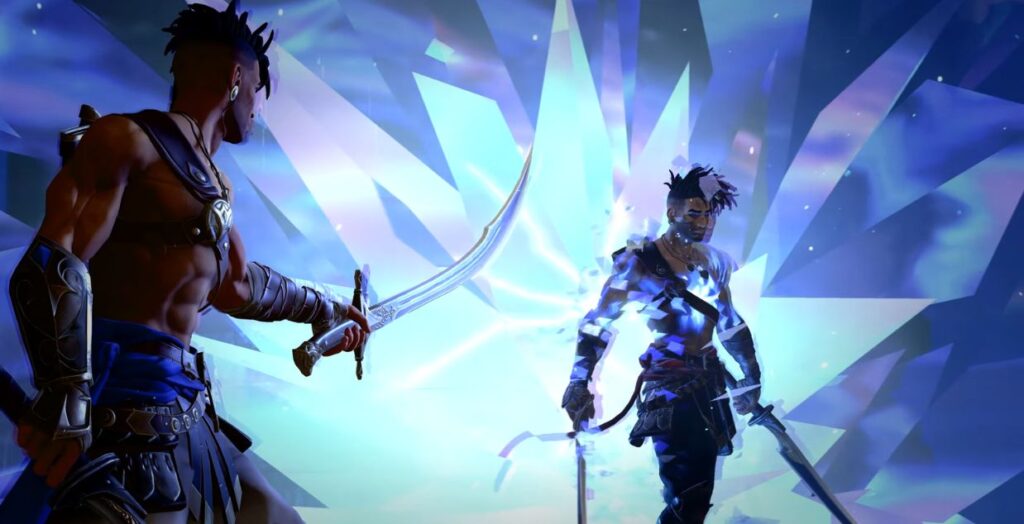
While Time Powers have their uses in and out of battle, the Athra Surges are special powers that you can use once your Athra bar has been filled. You restore health, complete devastating lunge attacks, shoot a laser (yes!), and target anything in the sky above you. When you look at each of the powers independently, they seem like gimmicks, but when used in their environment, they allow for complex zone progression that feels fantastic to clear in battle or in platforming.
No two platforming sections are completely alike, which allows the players to push themselves to find new answers. Puzzles and platforms are baked into the storytelling of the game, making them as intriguing and dynamic as Prince of Persia: The Lost Crown‘s combo-based combat.
With the standard platform elements, Prince of Persia: The Lost Crown stands out because of how Sargon interacts with his world and how combat is directly related to the progression. With enemies at varying heights on different platforms, you have to be keenly aware of the entire stage and plan your progression through the level accordingly. However, suppose you choose to platform without immediately killing the enemies from a distance. In that case, you can seamlessly traverse the environment while also stringing together attacks. Some of them even gain more damage depending on the traversal move proceeding it.
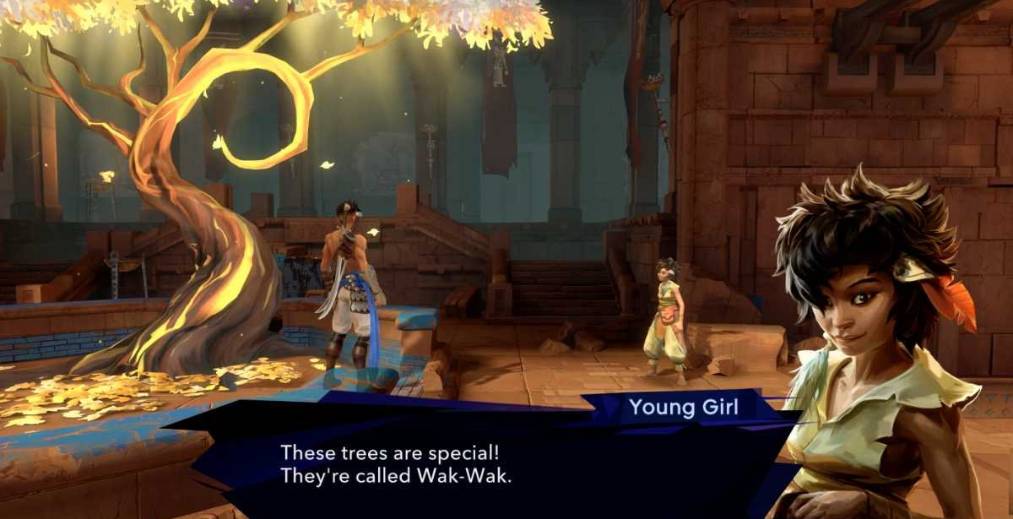
But what about the game’s 10 boss battles? Well, they’re nothing short of epic. In a game as tight as Prince of Persia: The Lost Crown, the scale of each boss is mythic, and as you stand below them, they really do feel insurmountable. The character designs for each boss are thoughtful in capturing different aspects of Iranian mythology and history, as are the designs of The Immortals and other gods you’ll see. But it’s in movement and their interaction with Sargon that it all comes to life expertly. Add in a rousing score that adds to the kinetic combat design and the atmosphere of each level, and Ubisoft Montpellier is firing on all cylinders.
Boss battles push your combat experience by focusing on combos and your ability to parry more than anything else. The best thing is that even when playing with a reduced parry window, the unblockable attacks are telegraphed well enough to form a rhythm. As you master the different Time Powers, of which there are six combat changes.
The game’s art is hyper-stylized in all of the right ways, translating between the 3D models in the game and the 2D that appear when dialogue is spoken. The one element of the game’s art design that is essential to its success is how the electronic puzzle clues are marked for players. Whether it’s how its destructible walls are marked or permeable platforms, each zone tells you exactly what you need to do. The longer you play, the easier it gets to string together the visual cues. But with new ones introduced in each zone, it never gets too easy or boring.
Prince of Persia: The Lost Crown is a vibrant reimaging of ancient Persian myth. It’s a turning of the page for a traditionally Orientalist franchise, and it never sacrifices gameplay to do so. The Lost Crown is the right mix of difficult ingenuity and self-pacing that makes the Metroidvania inspiration and the franchise a perfect pairing.
Prince of Persia: The Lost Crown
-
Rating - 8.5/108.5/10
TL;DR
Prince of Persia: The Lost Crown is a vibrant reimaging of ancient Persian myth. It’s a turning of the page for a traditionally Orientalist franchise, and it never sacrifices gameplay to do so. The Lost Crown is the right mix of difficult ingenuity and self-pacing that makes the Metroidvaia inspiration a perfect pairing.

